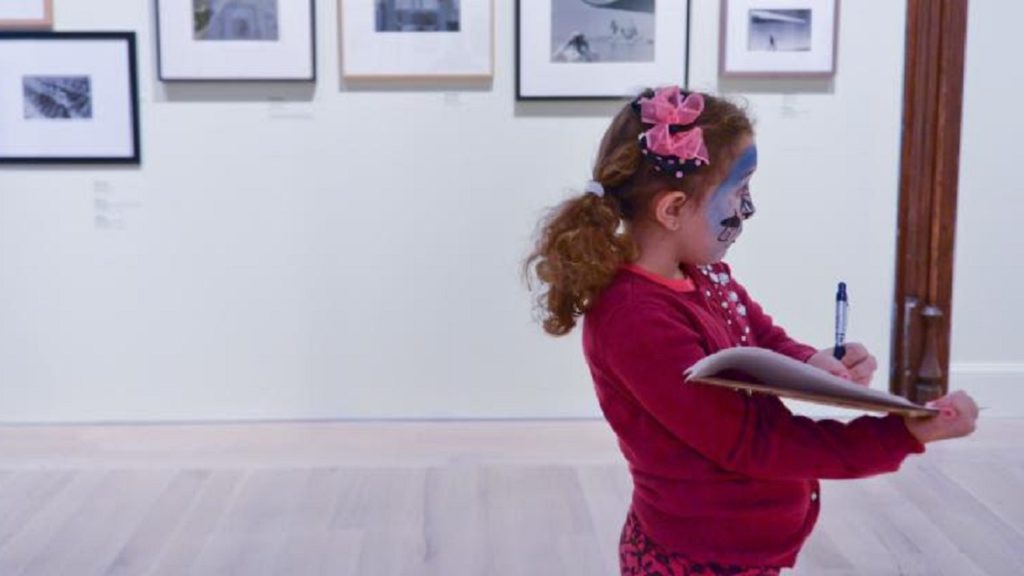By Charlena Wynn
For nonprofits, some may find themselves lacking the opportunity and sometimes funding to adequately address all issues that contribute to their focus. Some find themselves battling with other organizations and groups that could be potential allies, and must continuously work to fix one societal issue instead of combining preventative education, social justice, and effective change to transform society as a whole. The Center for Biological Diversity, founded in 1989, is changing that narrative. With a strong focus on the systematic root cause of societal inequity, the Center has created a foundation for educating and making societal change which in turn benefits the entire globe. The Center recognizes the dependency that humanity has on the natural environment and works to encourage biological diversity as the key for a healthy earth and people, which in turn protects wildlife. By addressing social inequality issues, organizations can find relevant ways to work with the public. The Center has found that incorporating historical concerns and new ways to think about history, has proven to be successful in making public policy changes for endangered species. 
Empowerment and sustainable efforts go hand in hand, and contribute to a more biological diverse earth according to Peter Galvin, Founder and Director of Programs. The Center works to stop efforts to interrupt biological diversity and creates better ways to handle environmental concerns. They are an advocacy -and action-based organization that understands the power of interdisciplinary approaches to wildlife protection. They do so by using legal expertise, biological data and citizen petitions to secure legal protections for plants and animals. Galvin says their success is due to the dedication and passion of the staff. Scientists, lawyers, and researchers work to block building permits or make suggestions for new structures, secure laws and regulations preventing unsustainable efforts, and enact species lists on federal and state levels to ensure the planet is protected. Of the 900 lawsuits the Center has brought against government agencies and corporations, they have won 83% for the protection of habitats and endangered species by providing biological data and research to lawmakers.
Galvin feels that working with the public to understand wildlife and natural environments from a historic preservation perspective promotes a sense of history, culture and collective memory. Many of the natural wonders of the United States, like the Grand Canyon and Yellowstone are visited annually by millions of individuals. People visit because they are iconic to the United States says Galvin. Therefore protecting natural environments like these also preserves history in a different way. When the public can make connections to natural space as a place of history to be preserved and saved, the Center has found that they are more likely to support sustainable efforts and conservation efforts. Other nonprofits can be inspired by this notion – connecting the public to a historical component of the mission is effective in creating a relevant narrative for the cause.
Putting people and relevant topics at the forefront of conservation and wildlife protection is critical to garnering support. When people can see themselves in the movement and that their concerns are being addressed, individuals are able to connect to the goals of nonprofits. An example of this approach the Center uses is integrating women’s rights and empowerment and sexual health in their sustainability and population program. The program emphasizes women’s reproductive justice and economic empowerment as an important component for sustainability and population issues. When women are empowered, they are able to make smart choices for themselves and any children they may choose to have, says Galvin. The Center feels that when women have the tools to make healthy decisions, they can inspire others to make environmentally sound efforts. Access to reproductive care has been noted to positively affect a decrease in population size. Decreases in population and sustainable living can better support the earth, which in return positively affects the livelihood of humanity and nature.
The Center actively rejects anti-immigration sentiments and encourages a frame of compassion for reproductive health and freedom. They recognize the connections between reproductive freedom and choice and immigration rights as these two issues are integral to overpopulation and sustainability concerns. Providing immigrant women with preventative care and healthcare tools will enable them make healthy choices for their bodies and family which in turn reflects positively on environmental and animal conservation efforts. Additionally, young adults who are equipped with a sound sexual health education are also in a better positon to participate in sustainable efforts. Sustainability for the Center is a fun and informative discussion. Galvin feels that by approaching overpopulation and sustainability in an honest and fun way, organizations can reach and inspire the public to make positive choices individually and for the collective good.
For the Center for Biological Diversity, making honest connections with people is necessary as community participation is needed to protect wildlife. Solidarity with community forums has enabled the Center to connect with the public online, through action alerts and petitions such as the 52,251 letters sent to the Forest Service to stop a megamall development near the Grand Canyon National Park, and on the ground activism.
The Center for Biological Diversity’s goals is to protect wildlife and endangered species, but their work spans the entire globe and crosses healthcare, reproductive justice, historic preservation, and financial equity. The Center proves that making the connections between a variety of social issues is greatly tied to wildlife protection and environmental concerns. Nonprofits can benefit greatly from an interdisciplinary approach and connect with other organizations, foundations, and individuals to heal the entirety of their communities. Success in not about how many dollars a group can secure, but rather how other areas can benefit and flourish for a universal social change.
The Center for Biological Diversity believes that the welfare of human beings is deeply linked to nature. The Center is fighting a growing number of national and worldwide threats to biodiversity and is taking action on behalf of the world’s most critically endangered animals and plants. Charlena Wynn is currently pursuing her Master’s of Arts in Liberal Studies at NC State University with a concentration in examining the construction of Blackness in contemporary United States museums.






